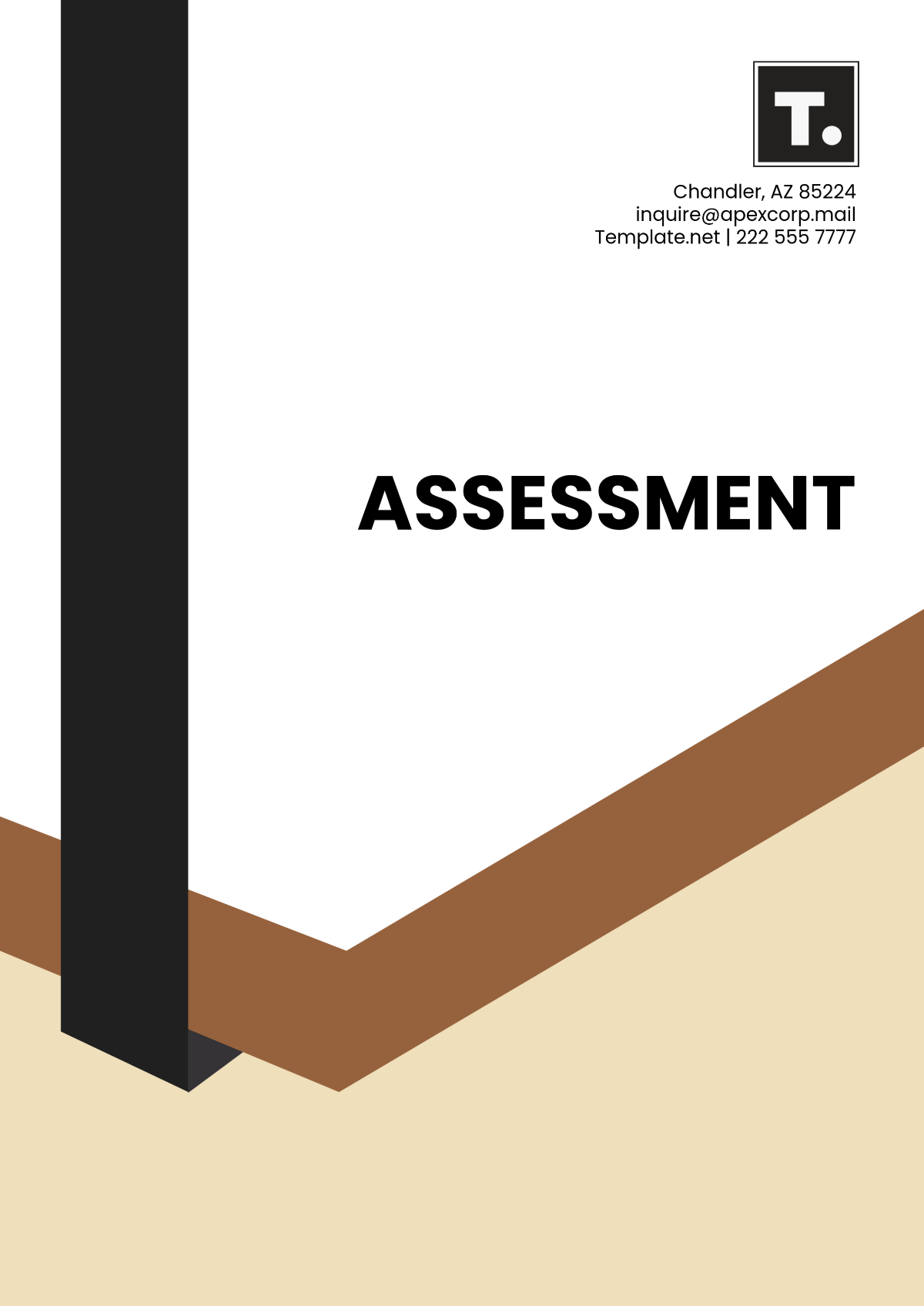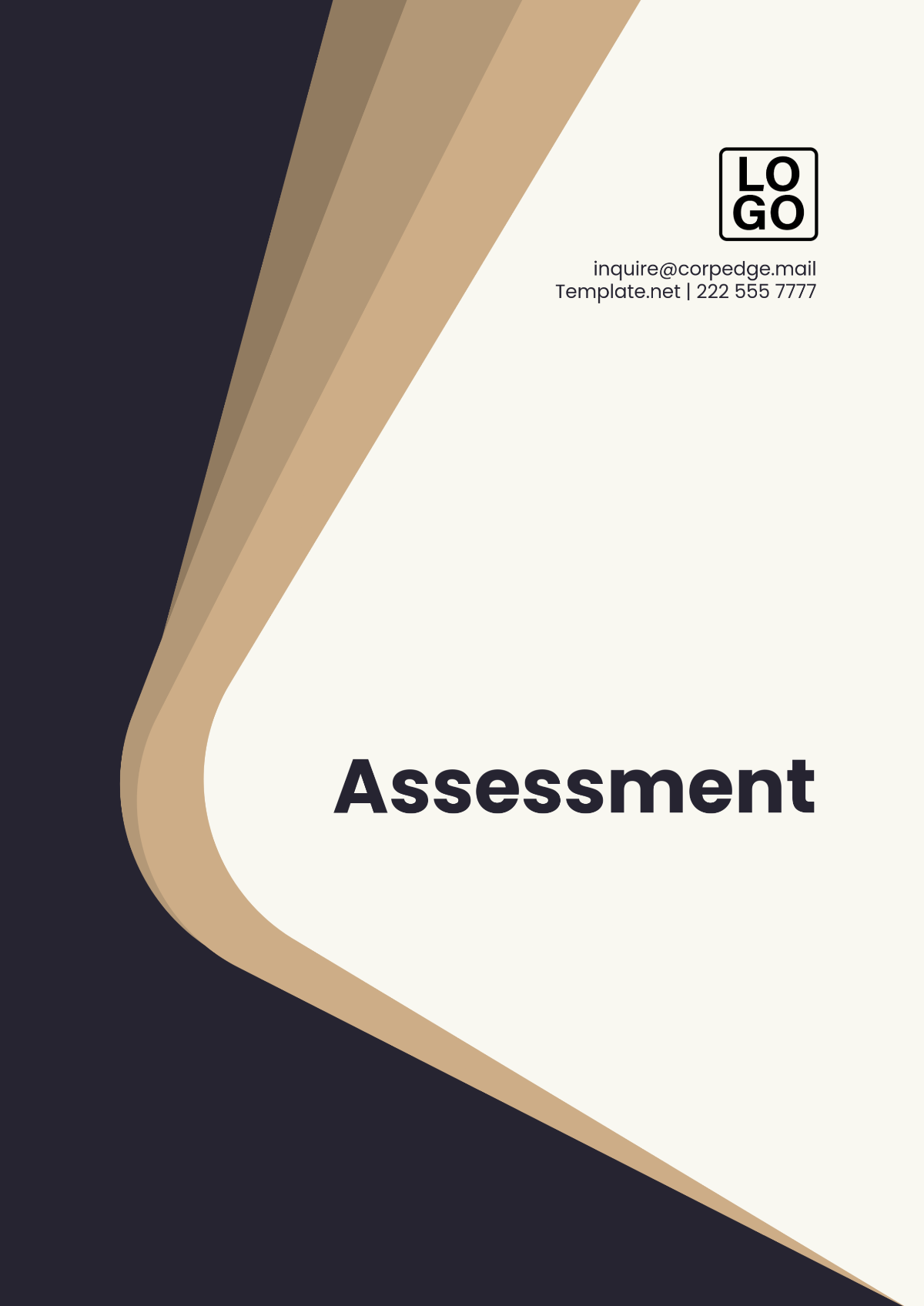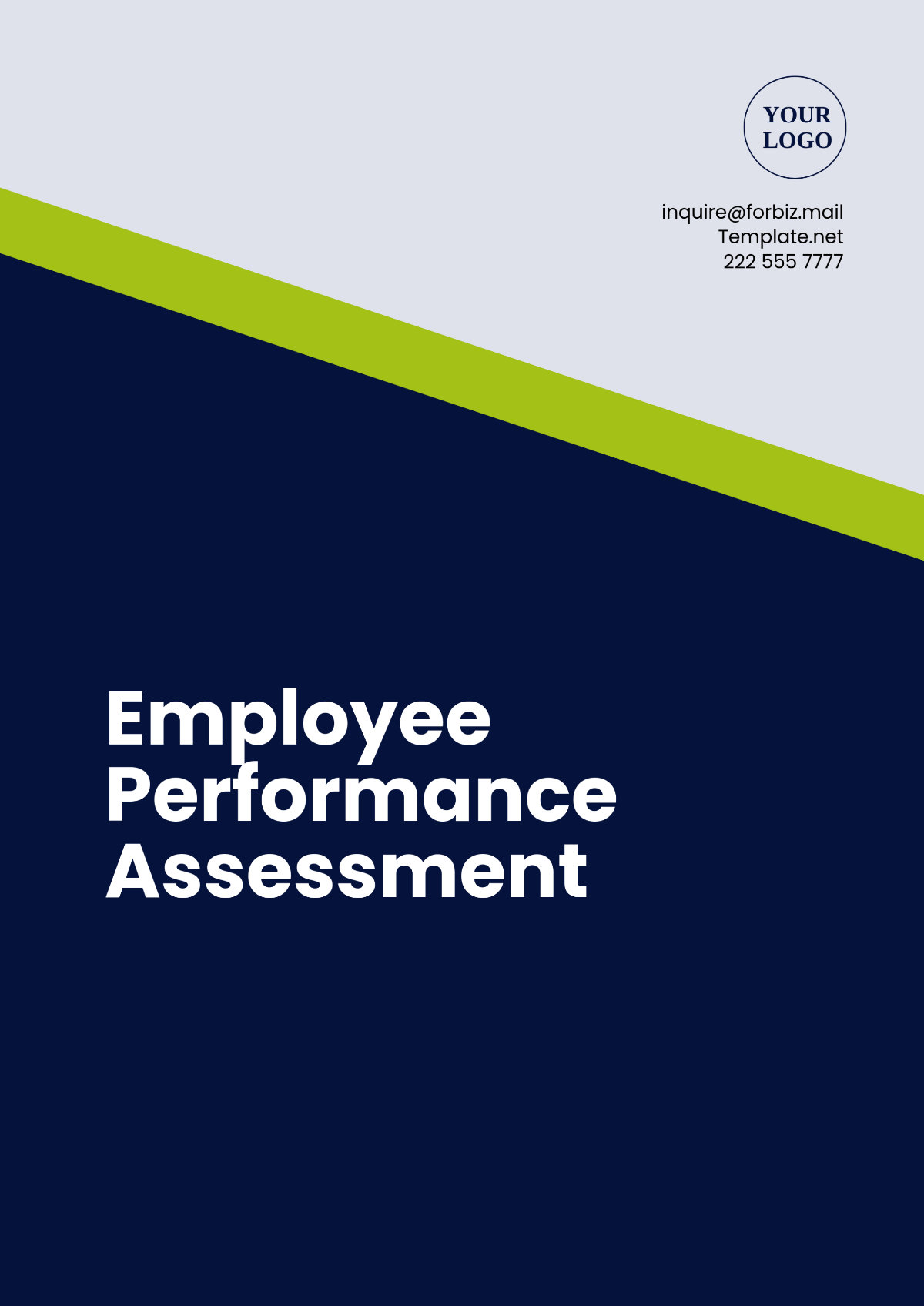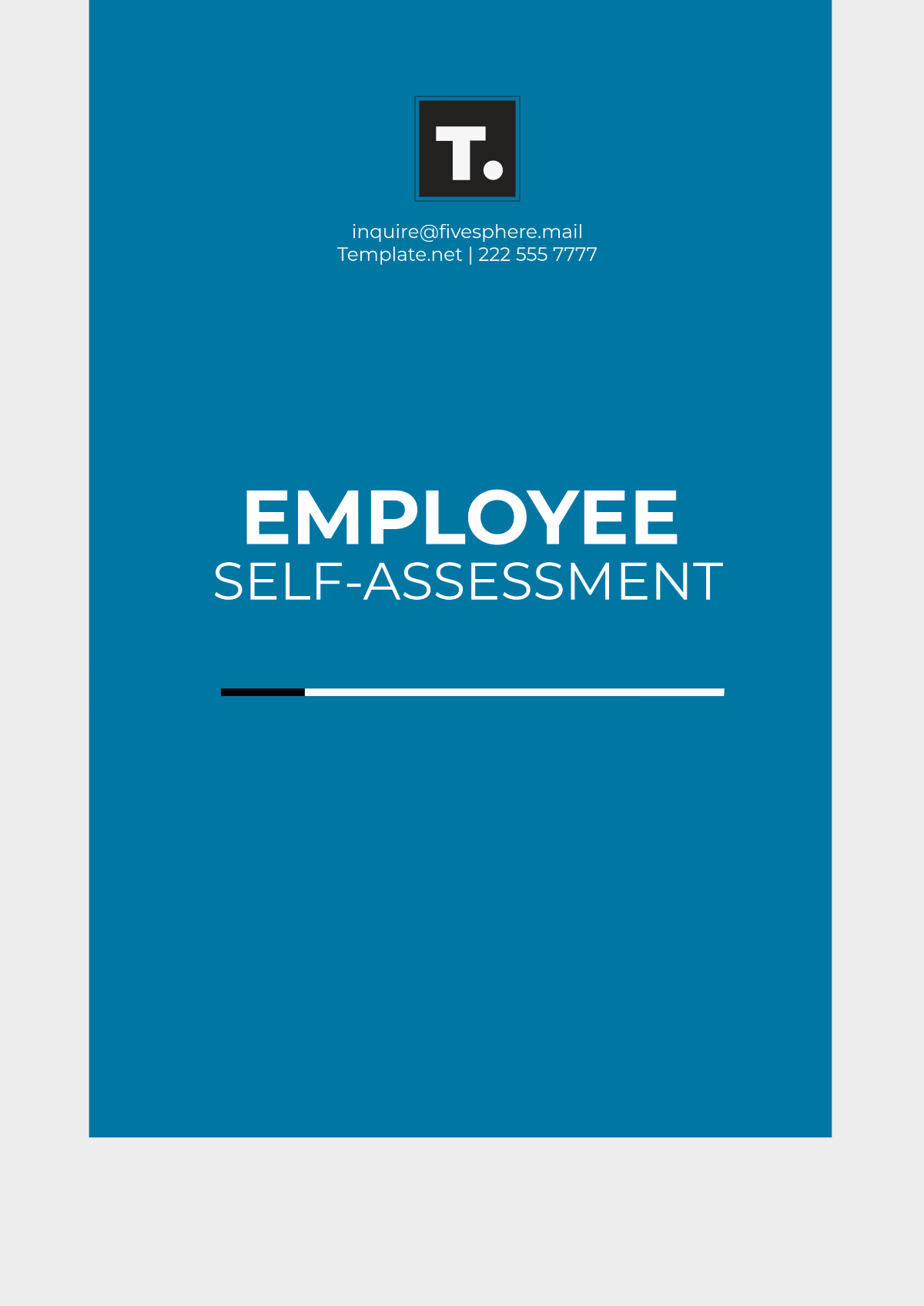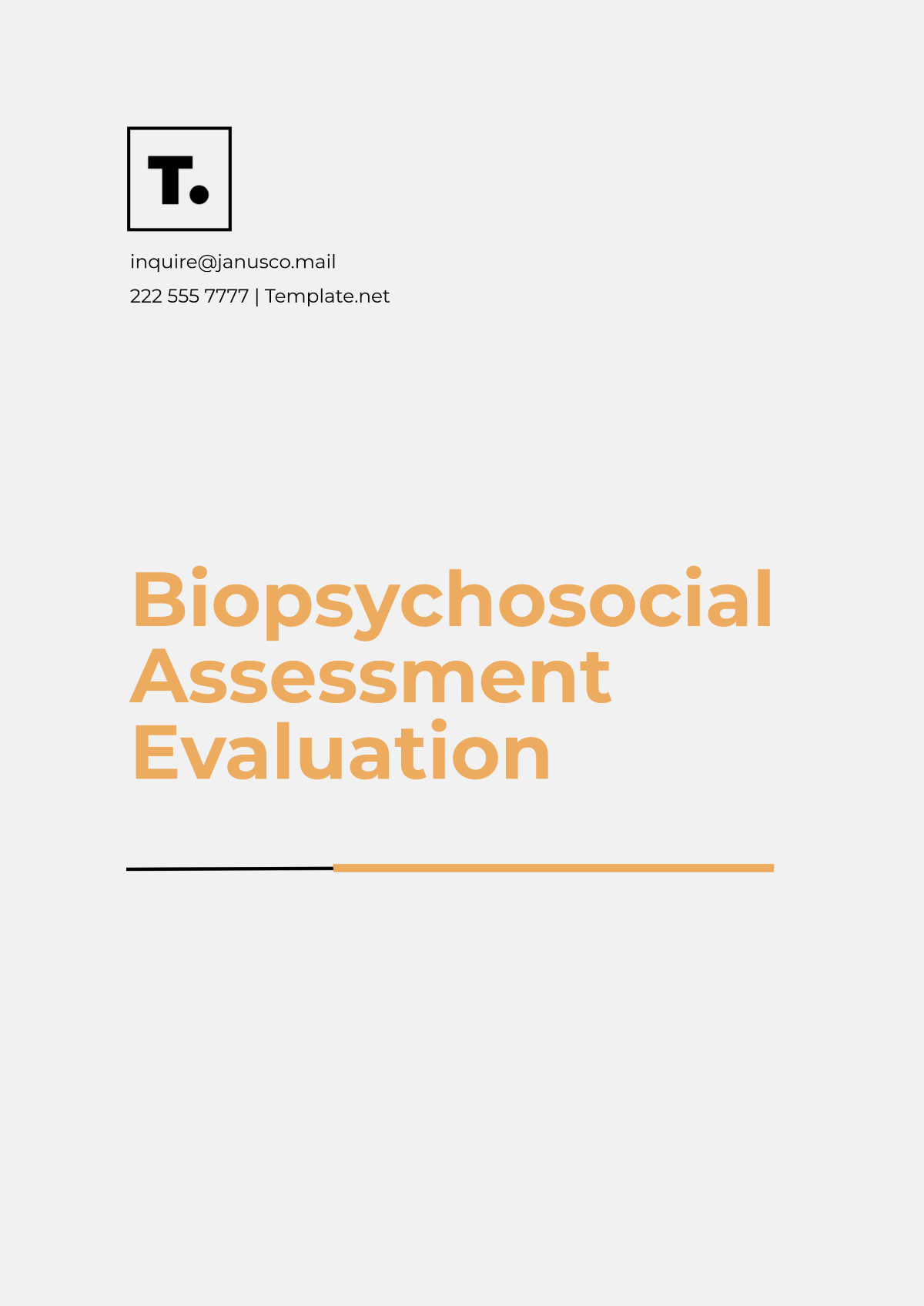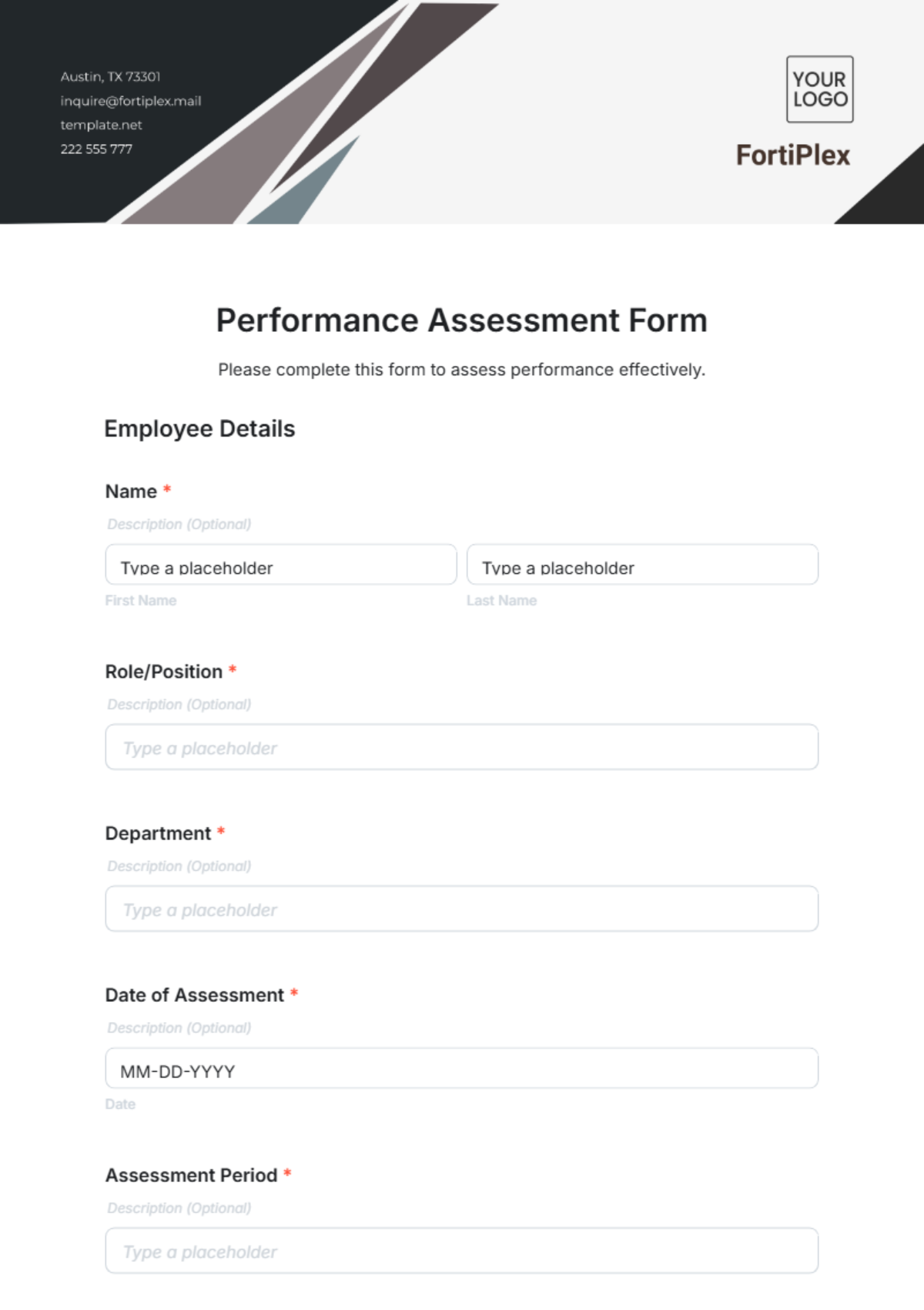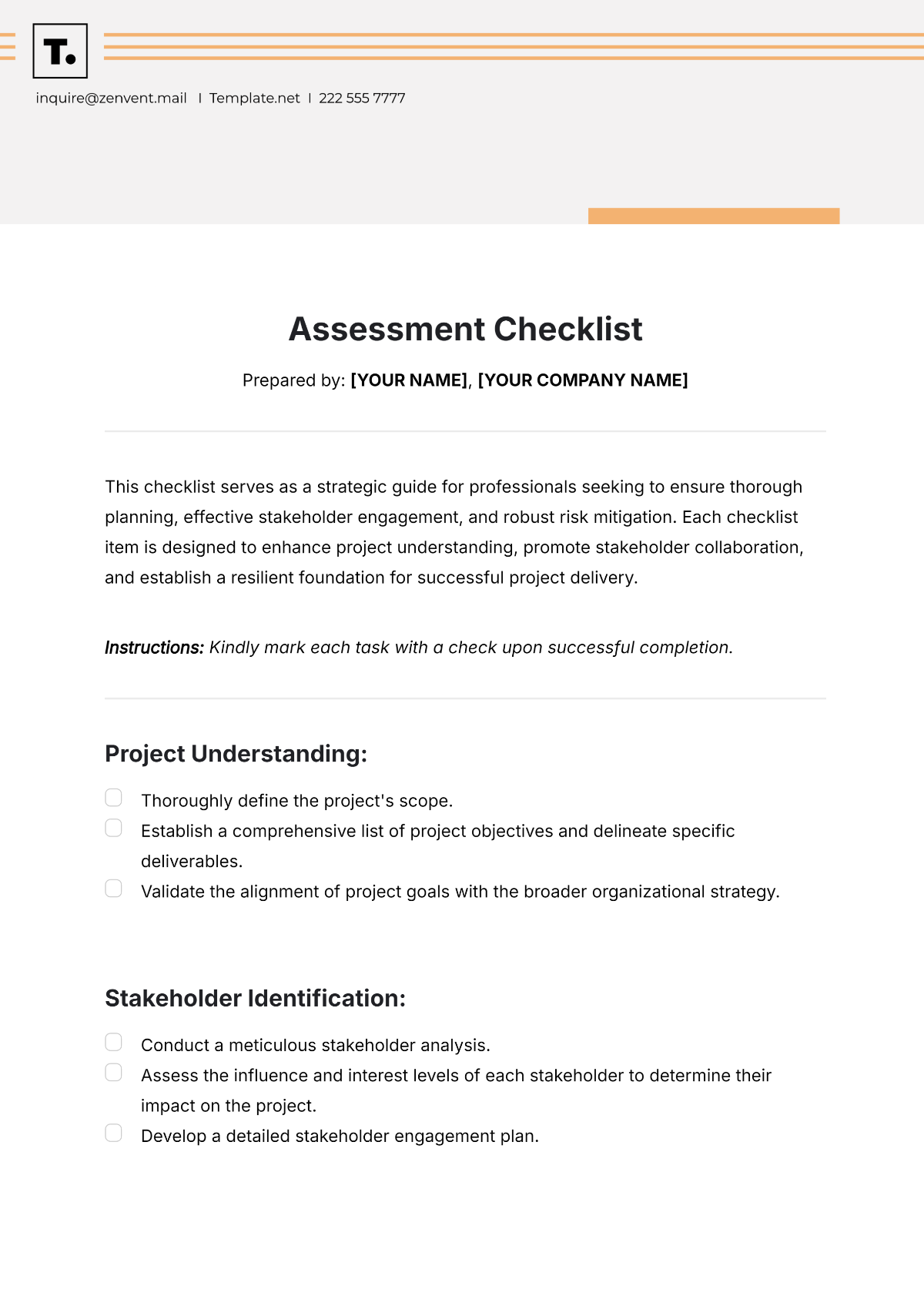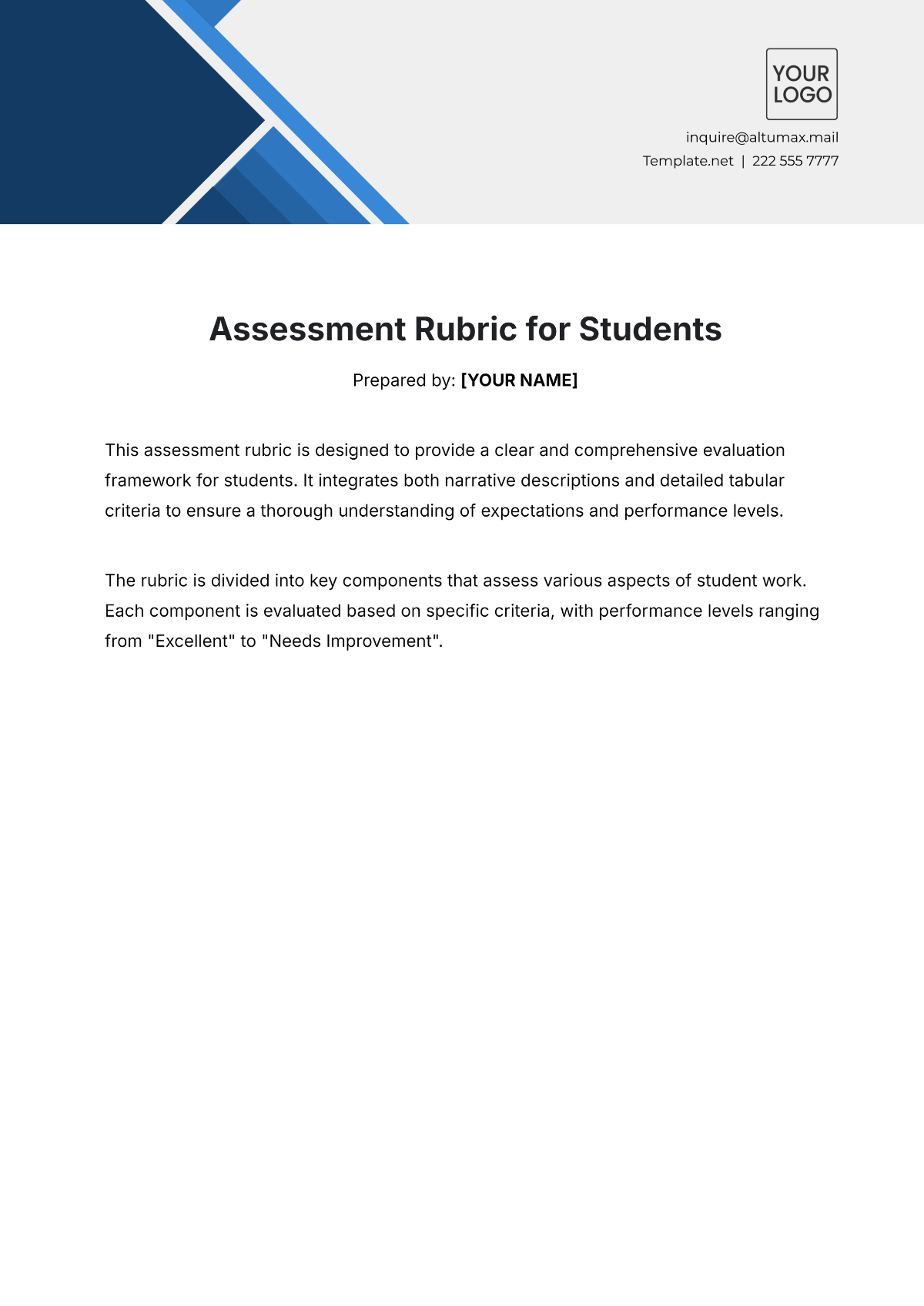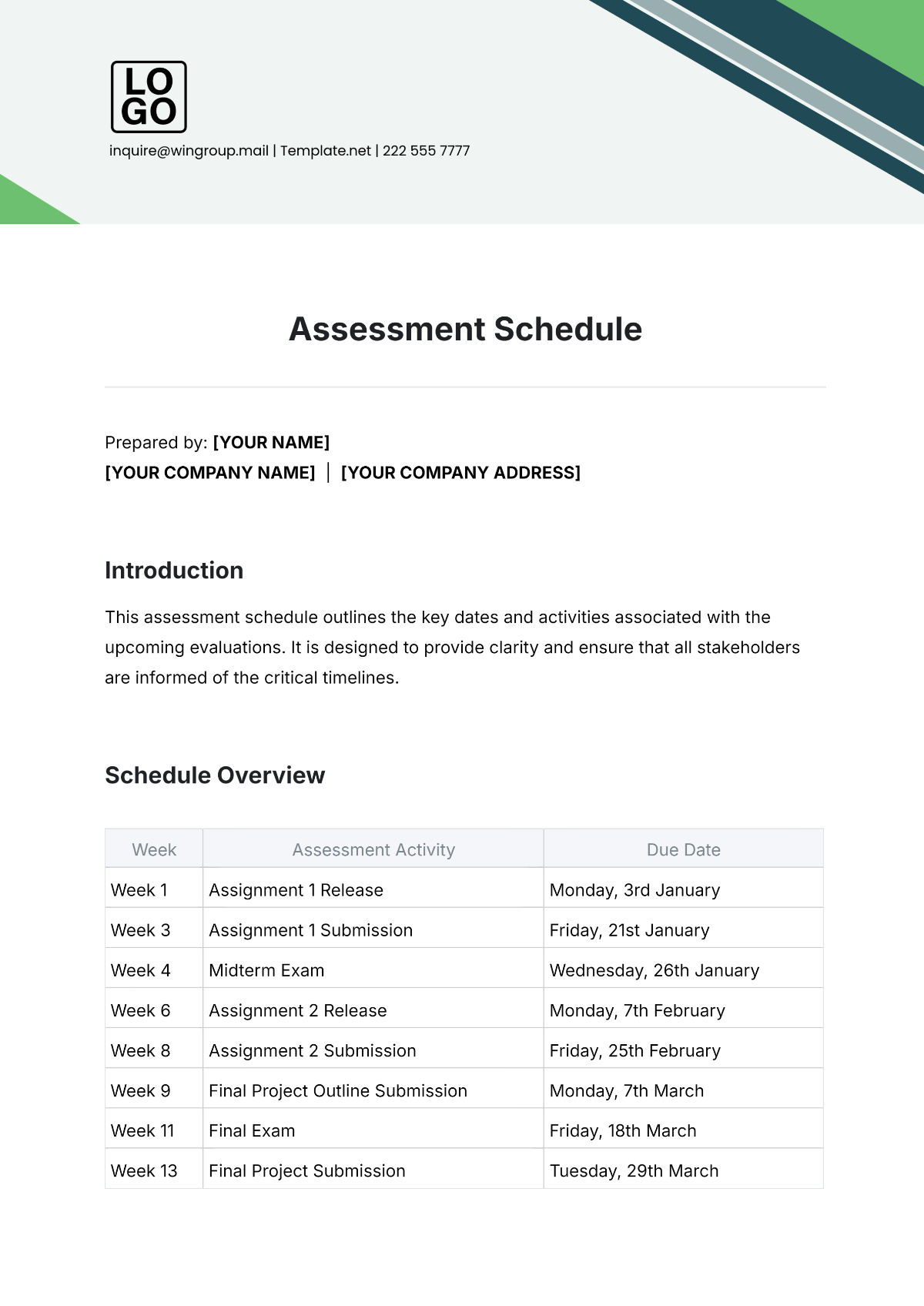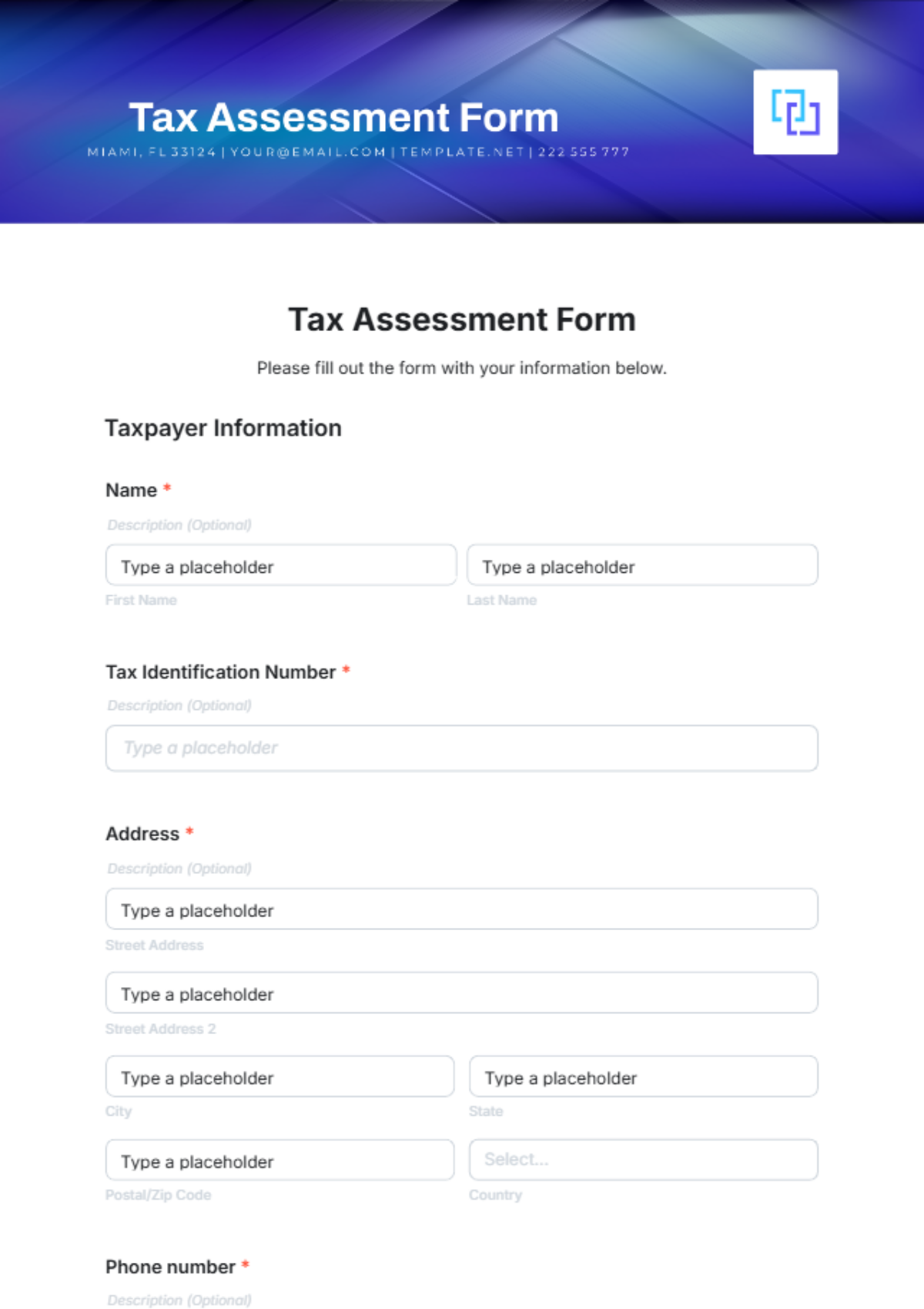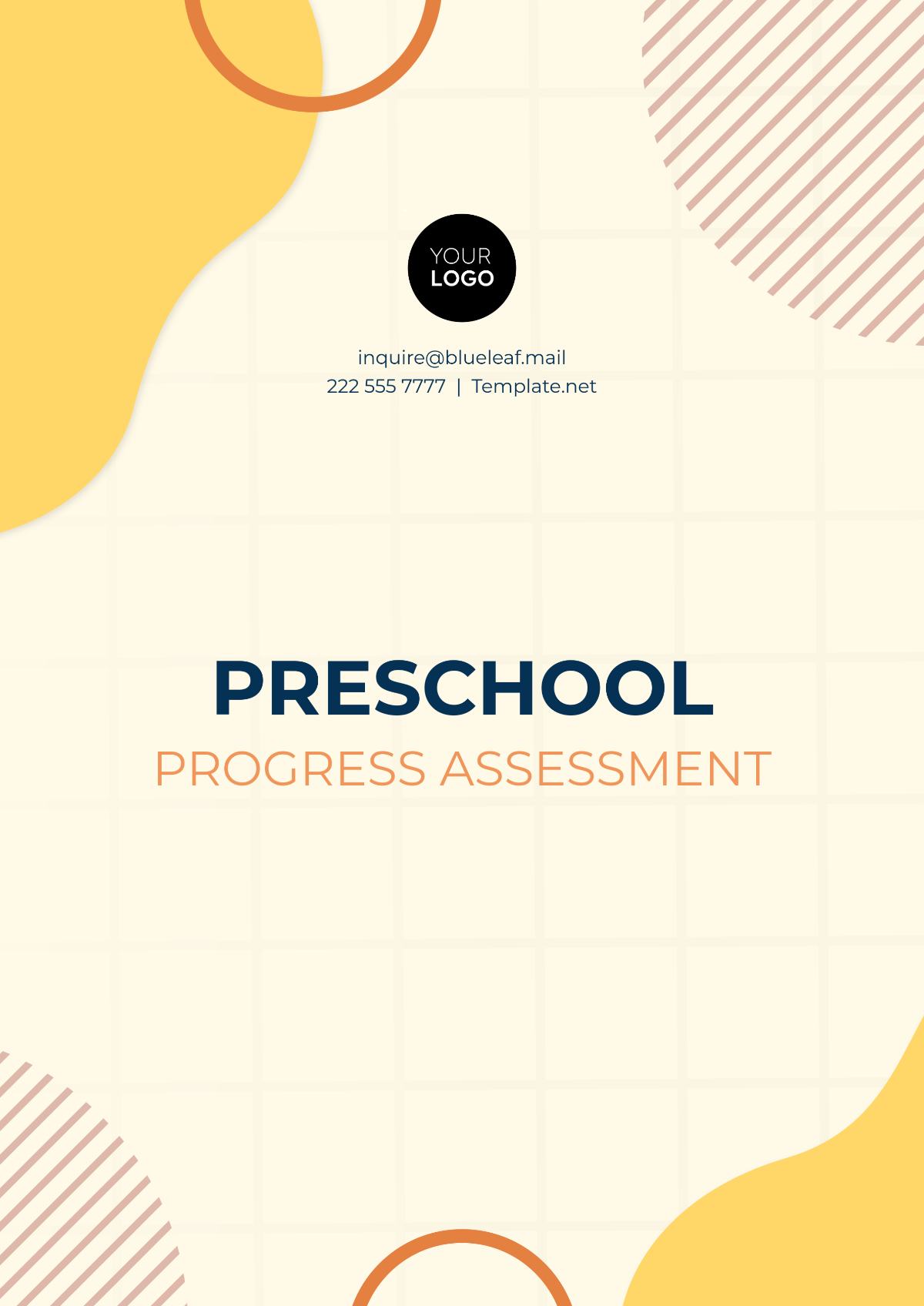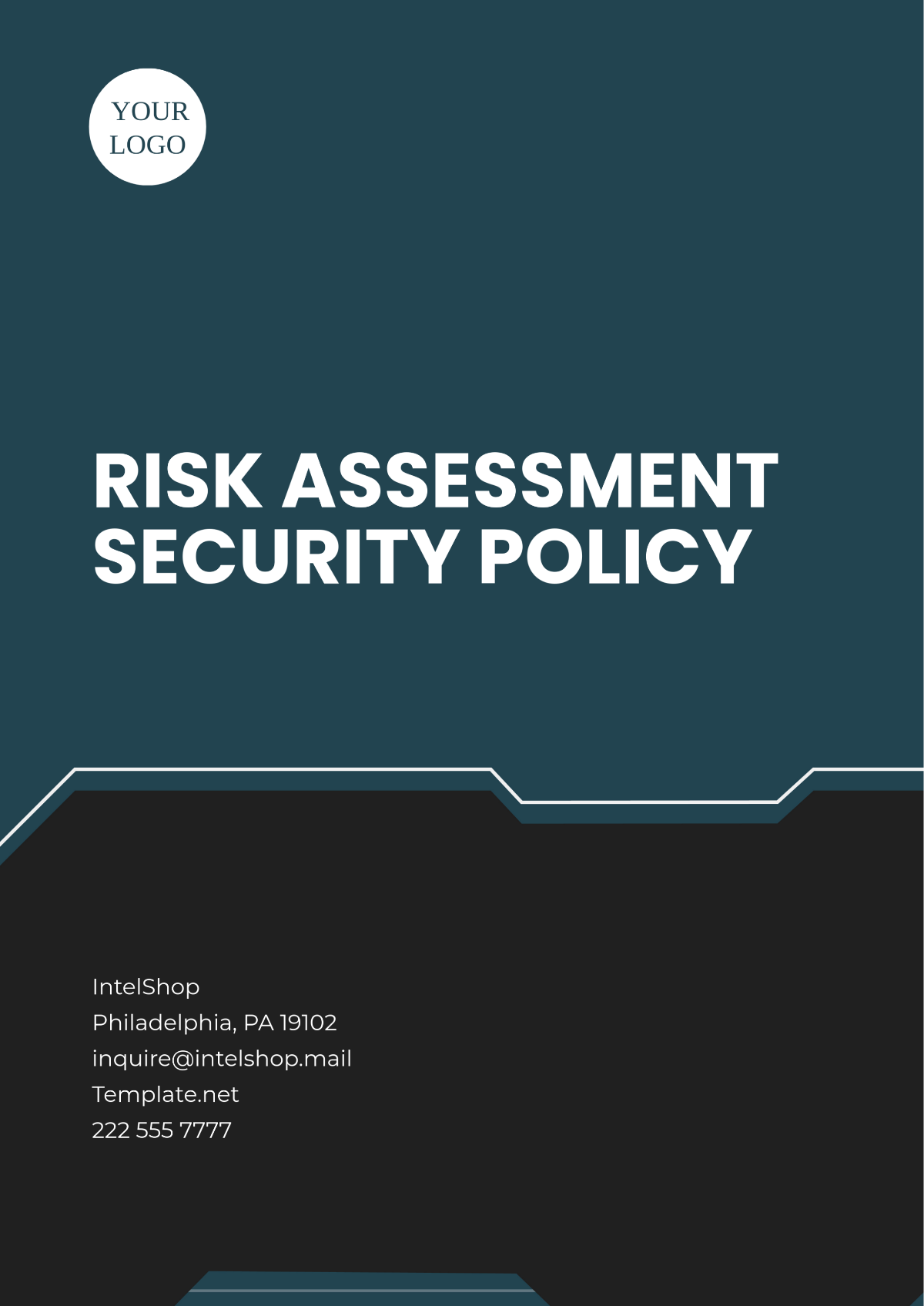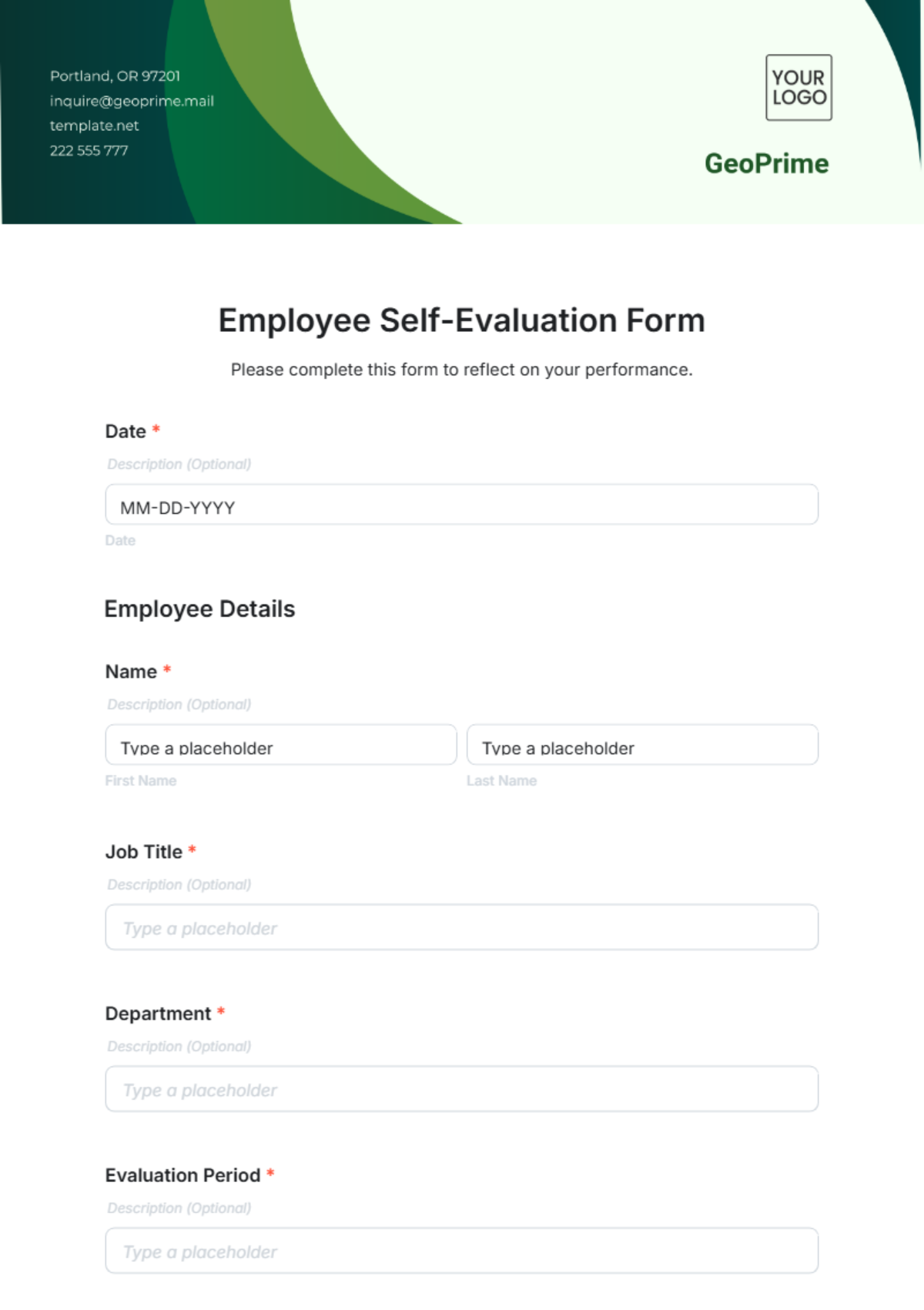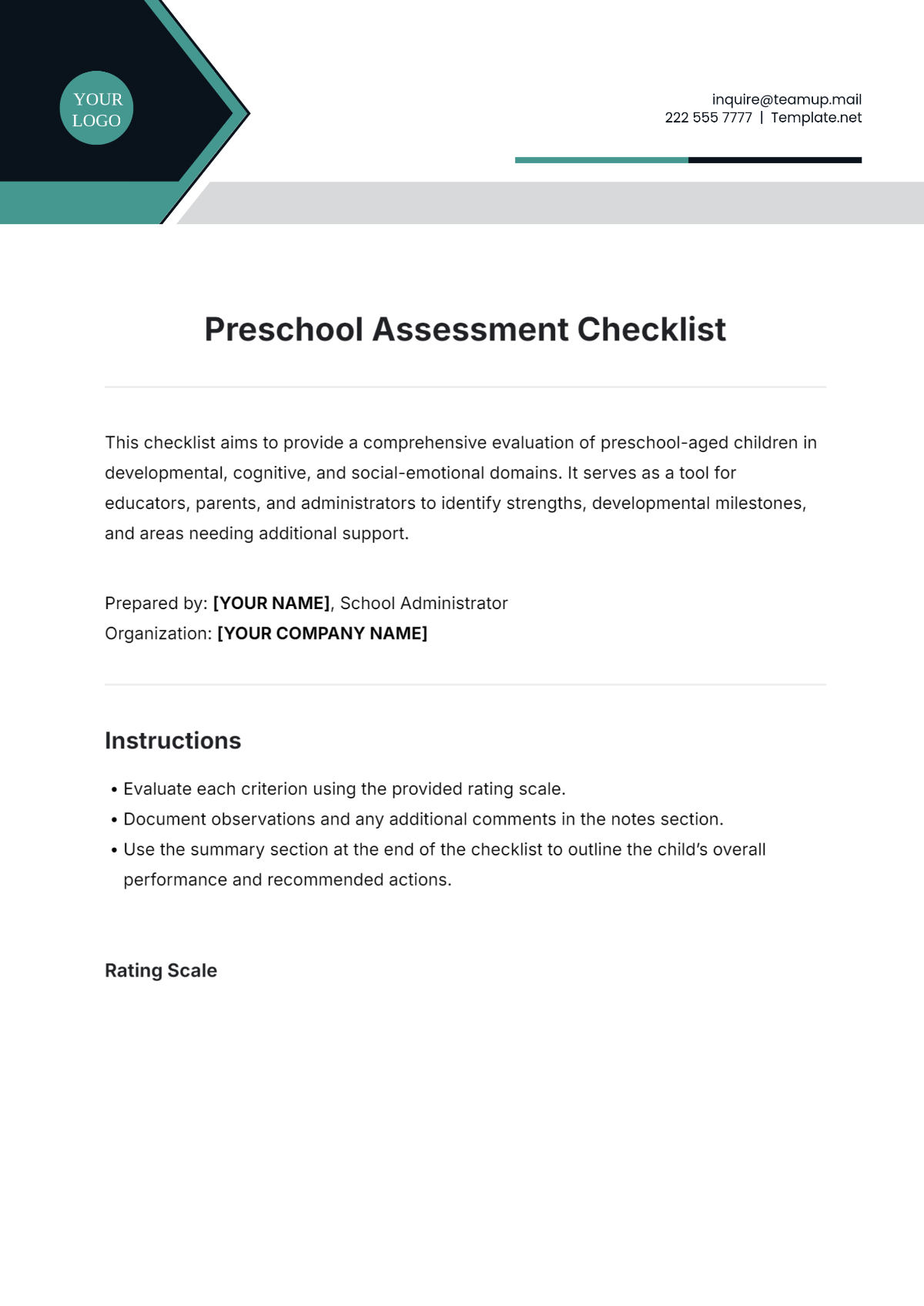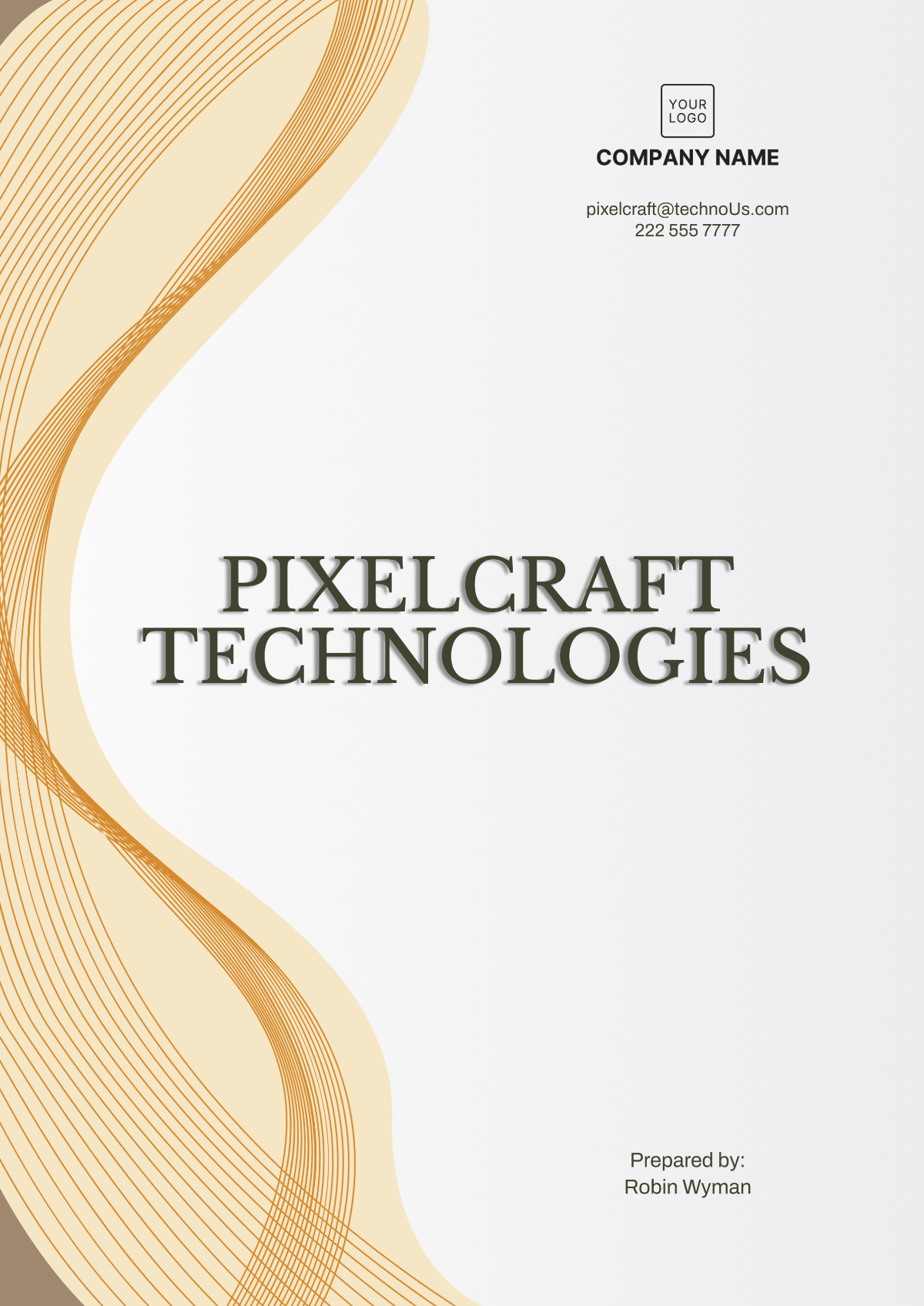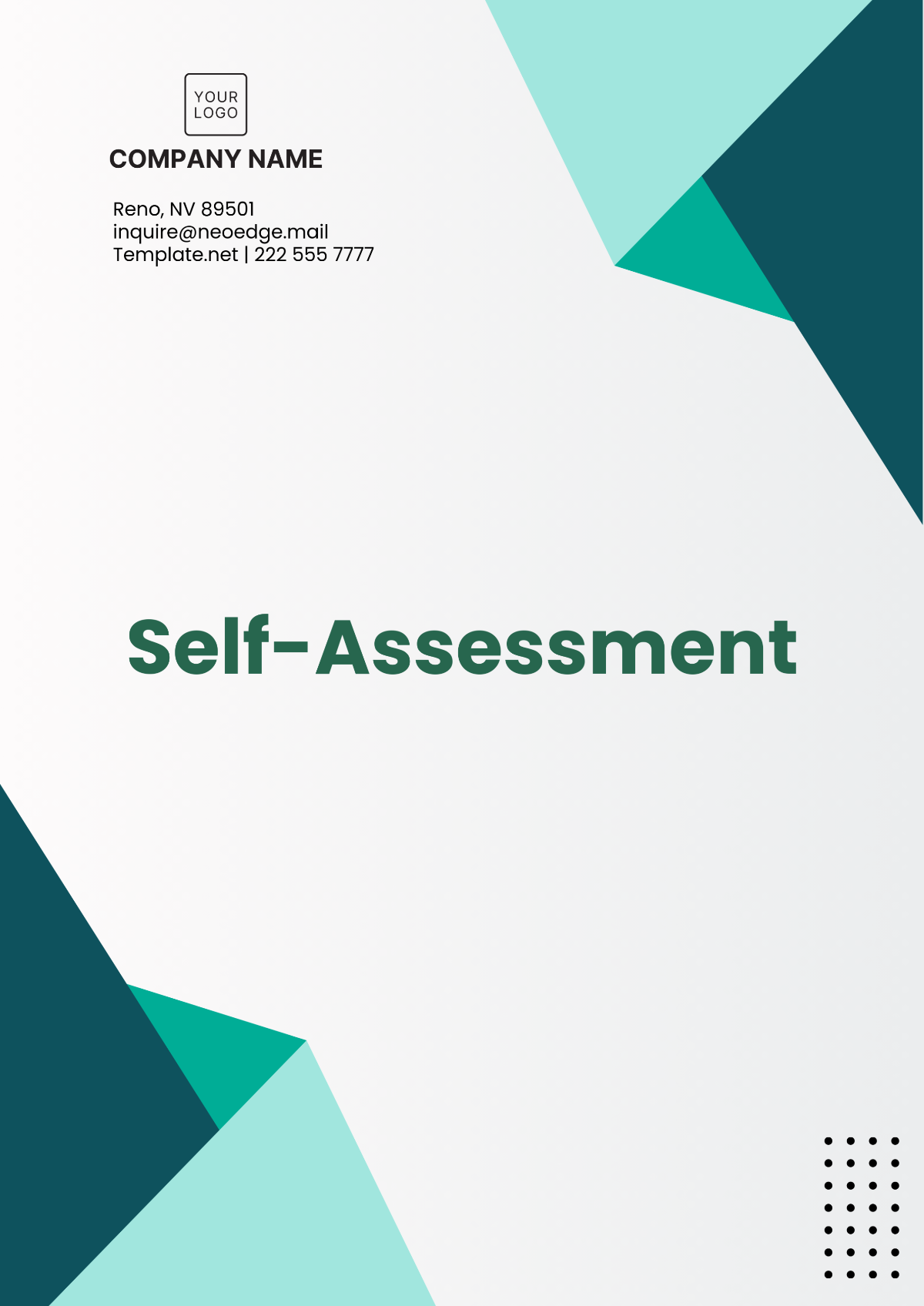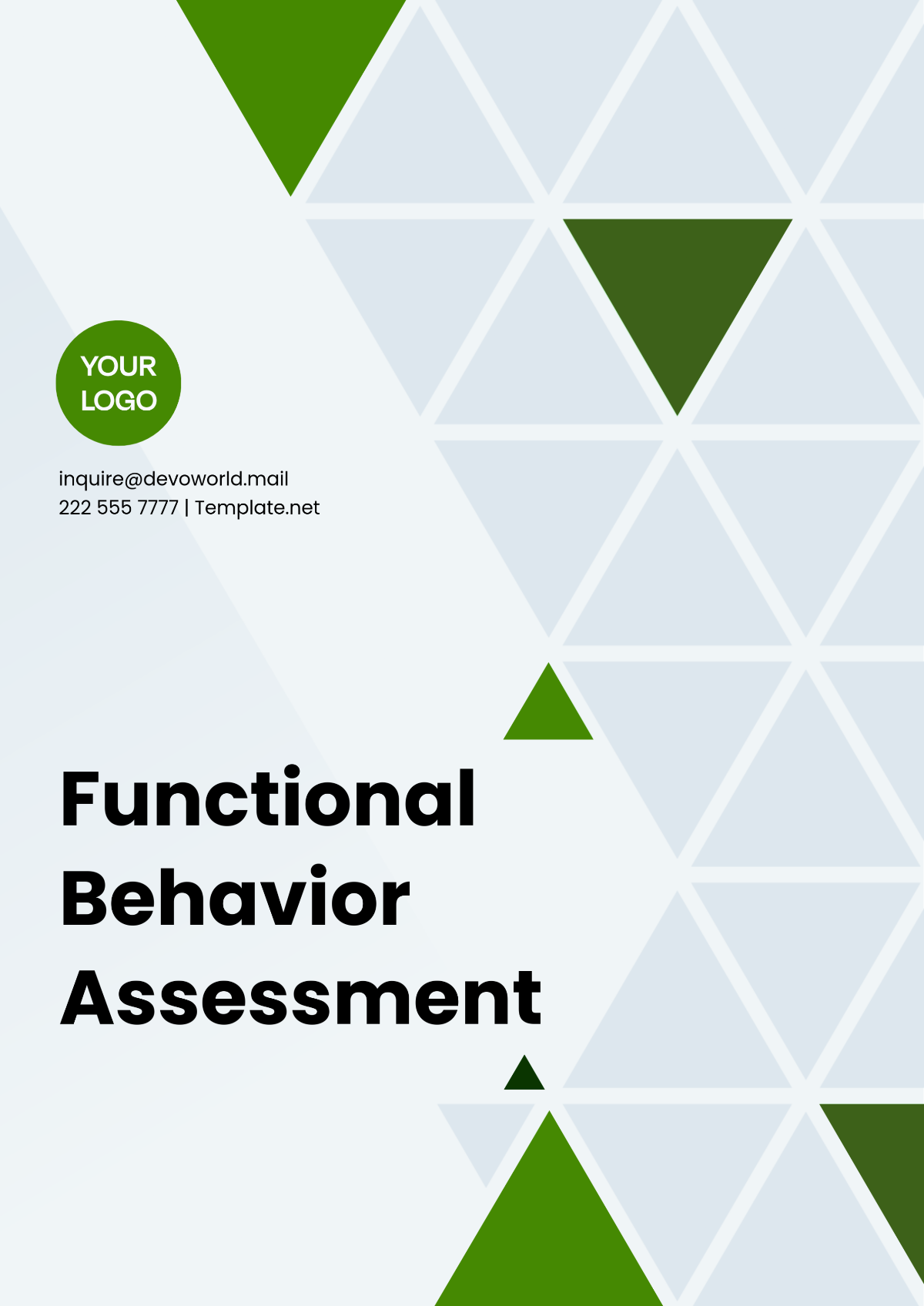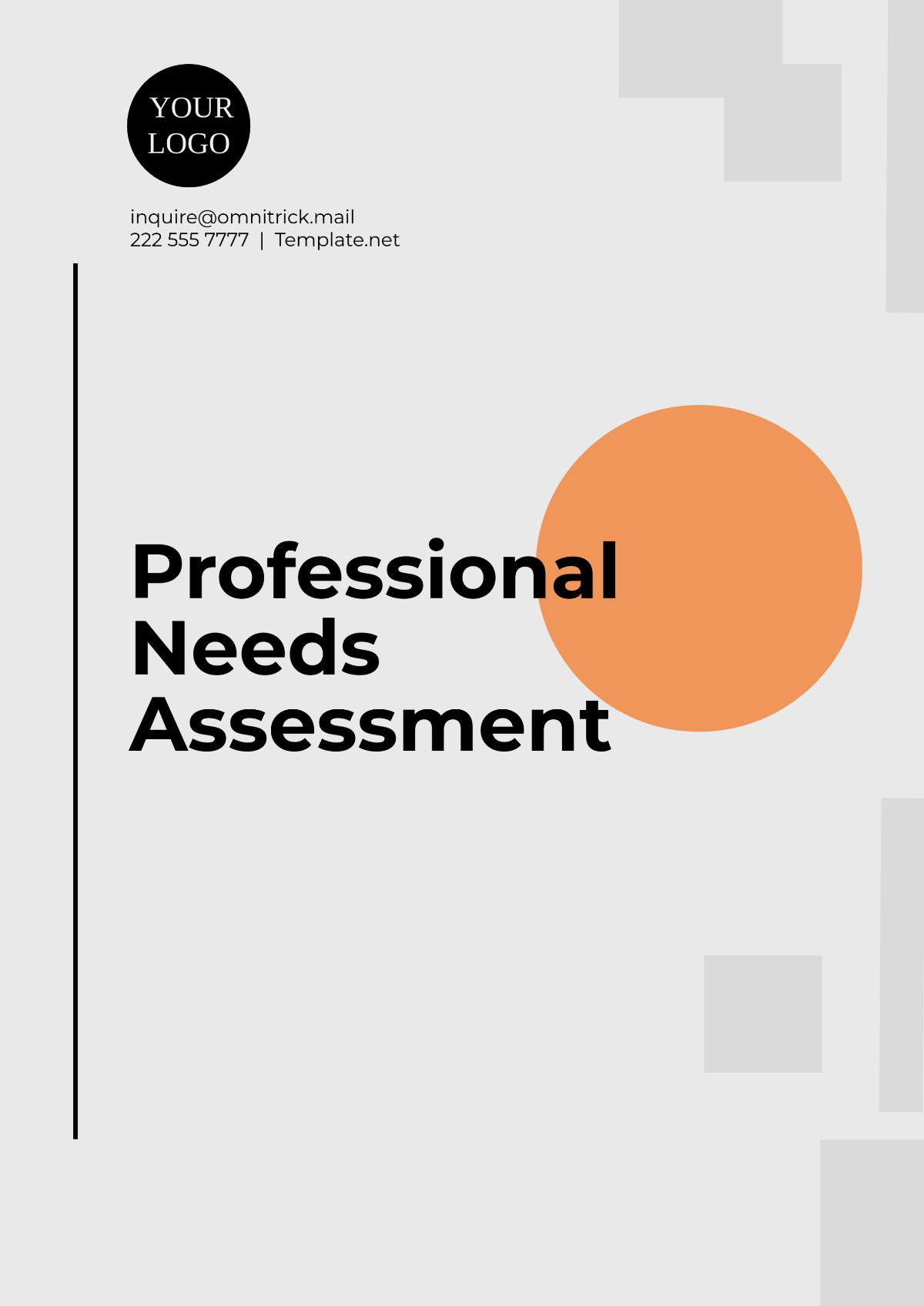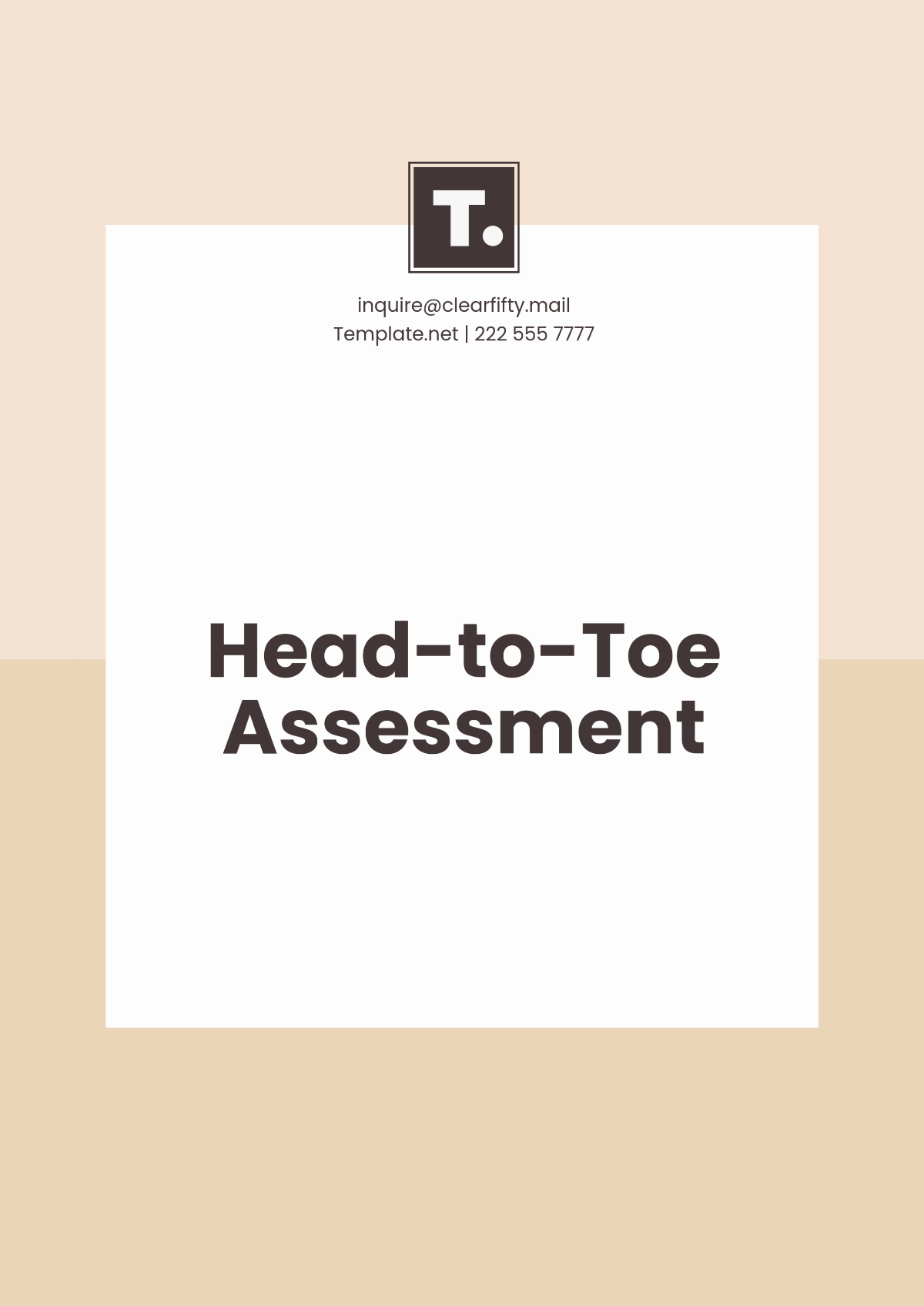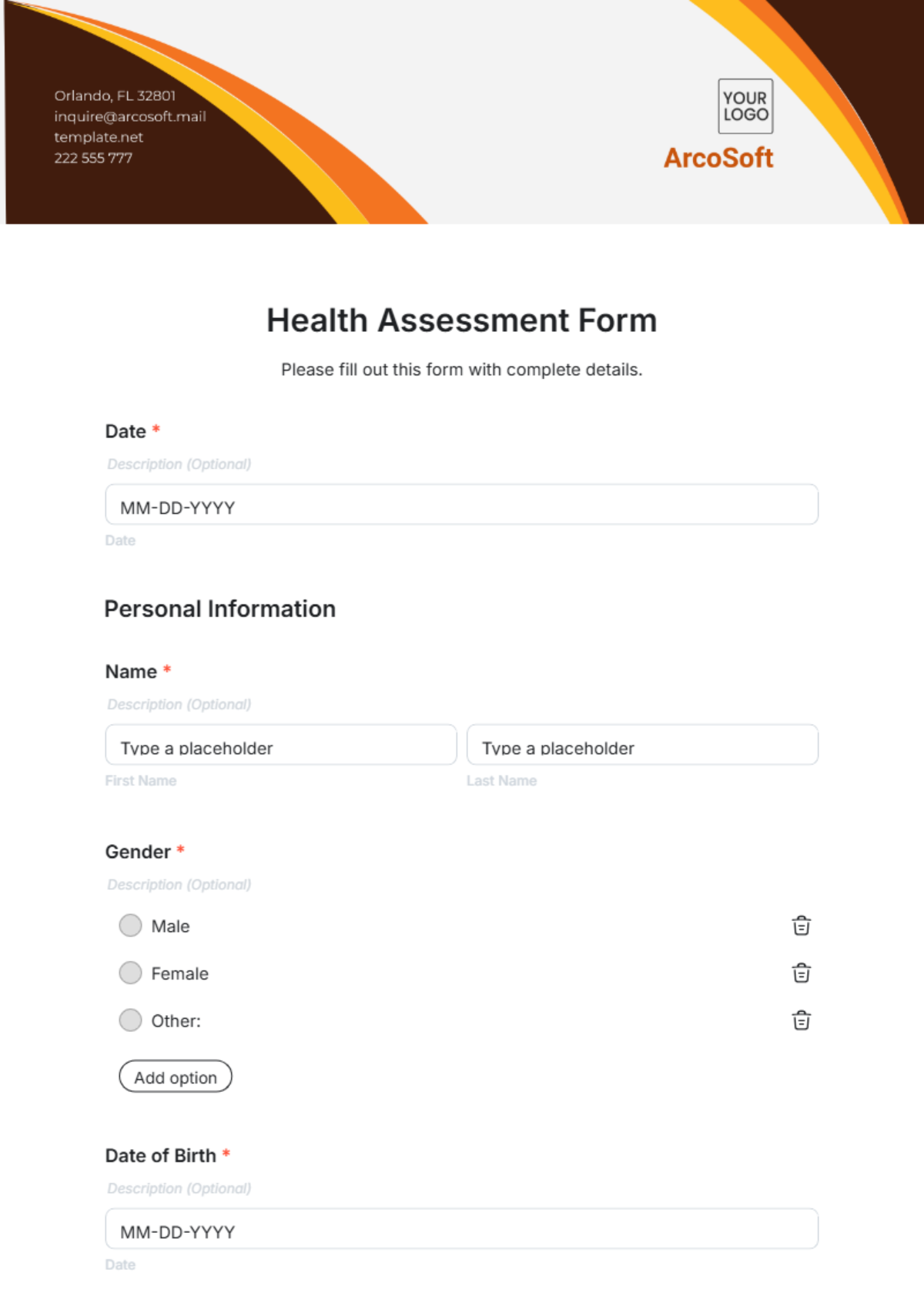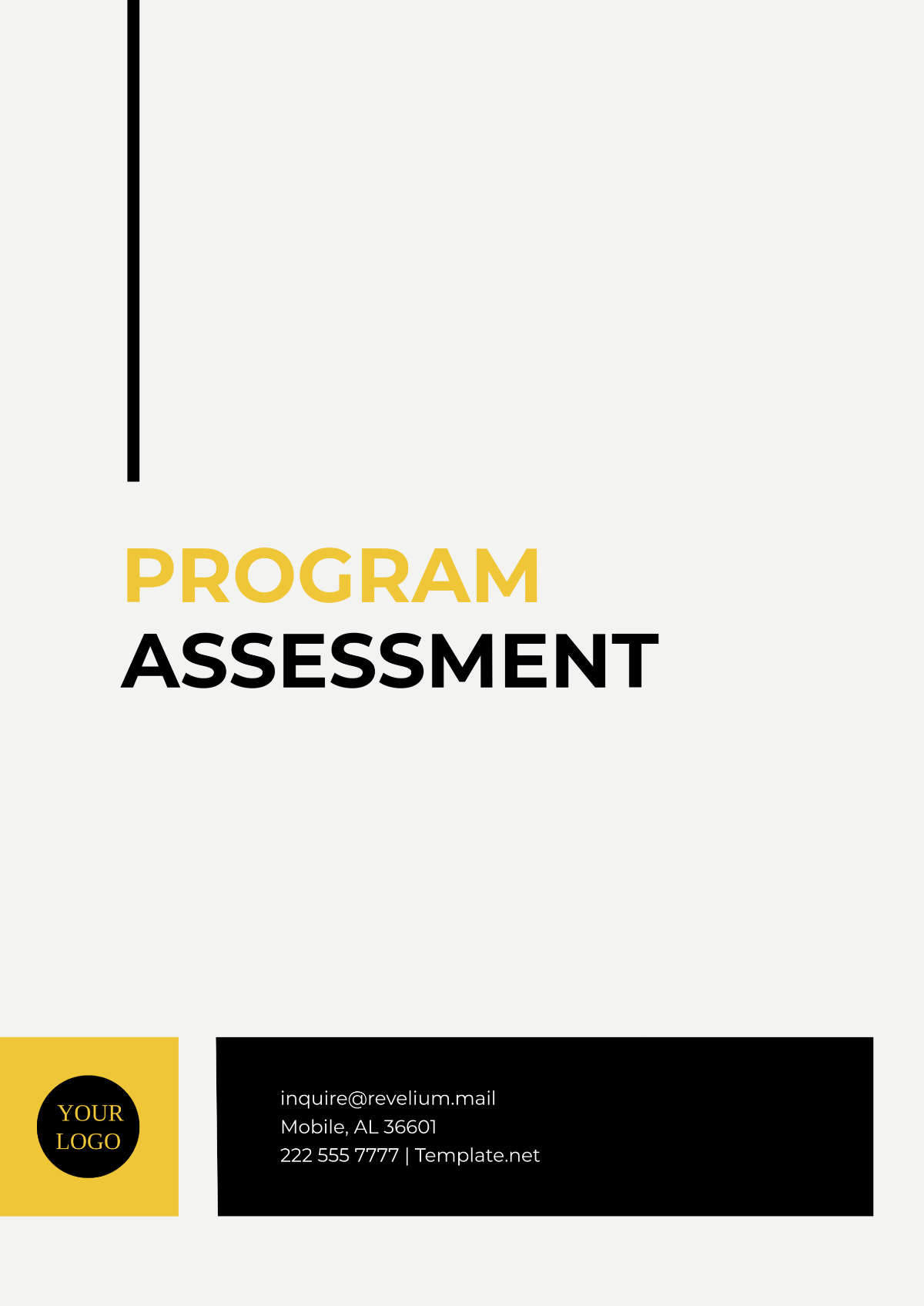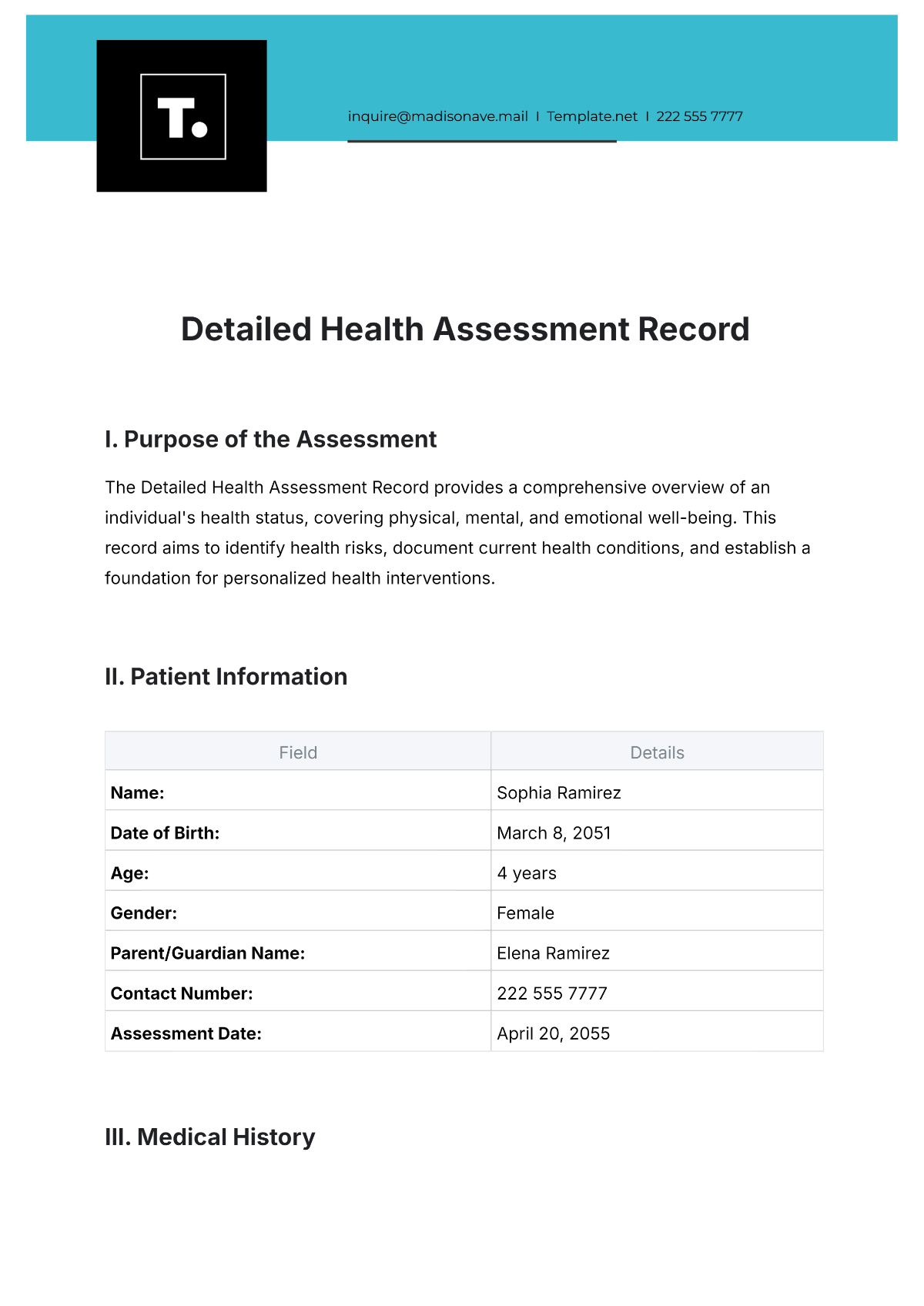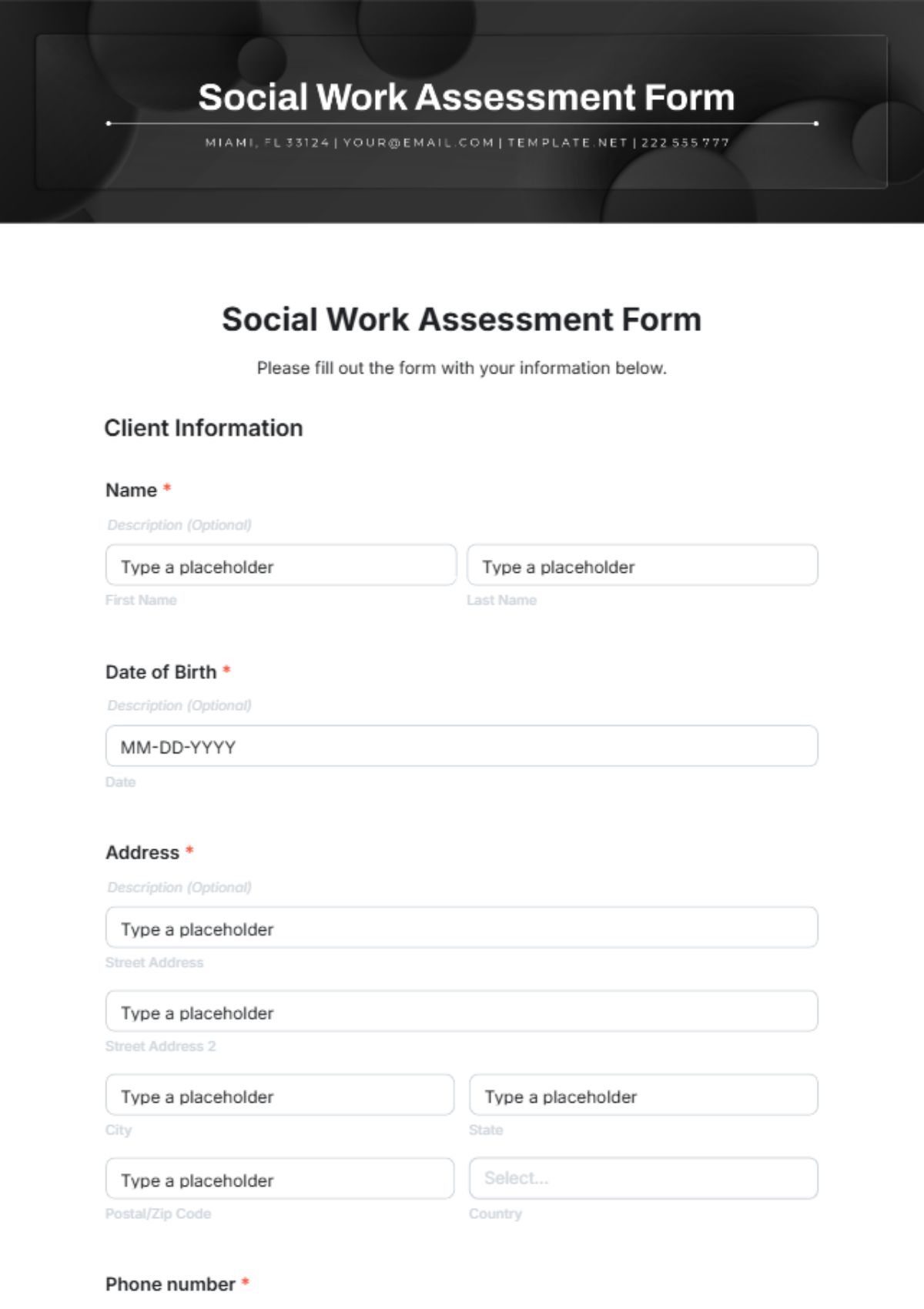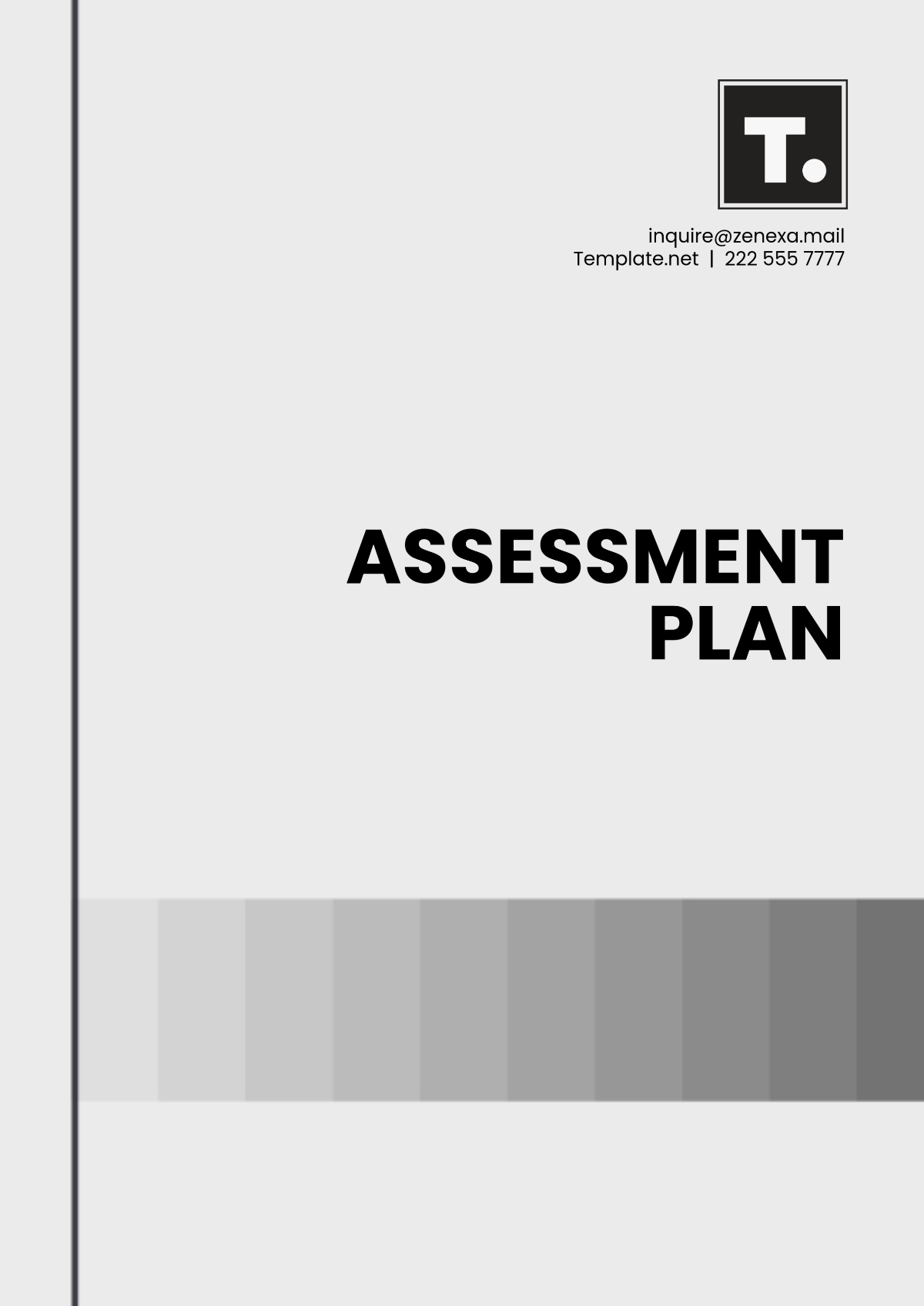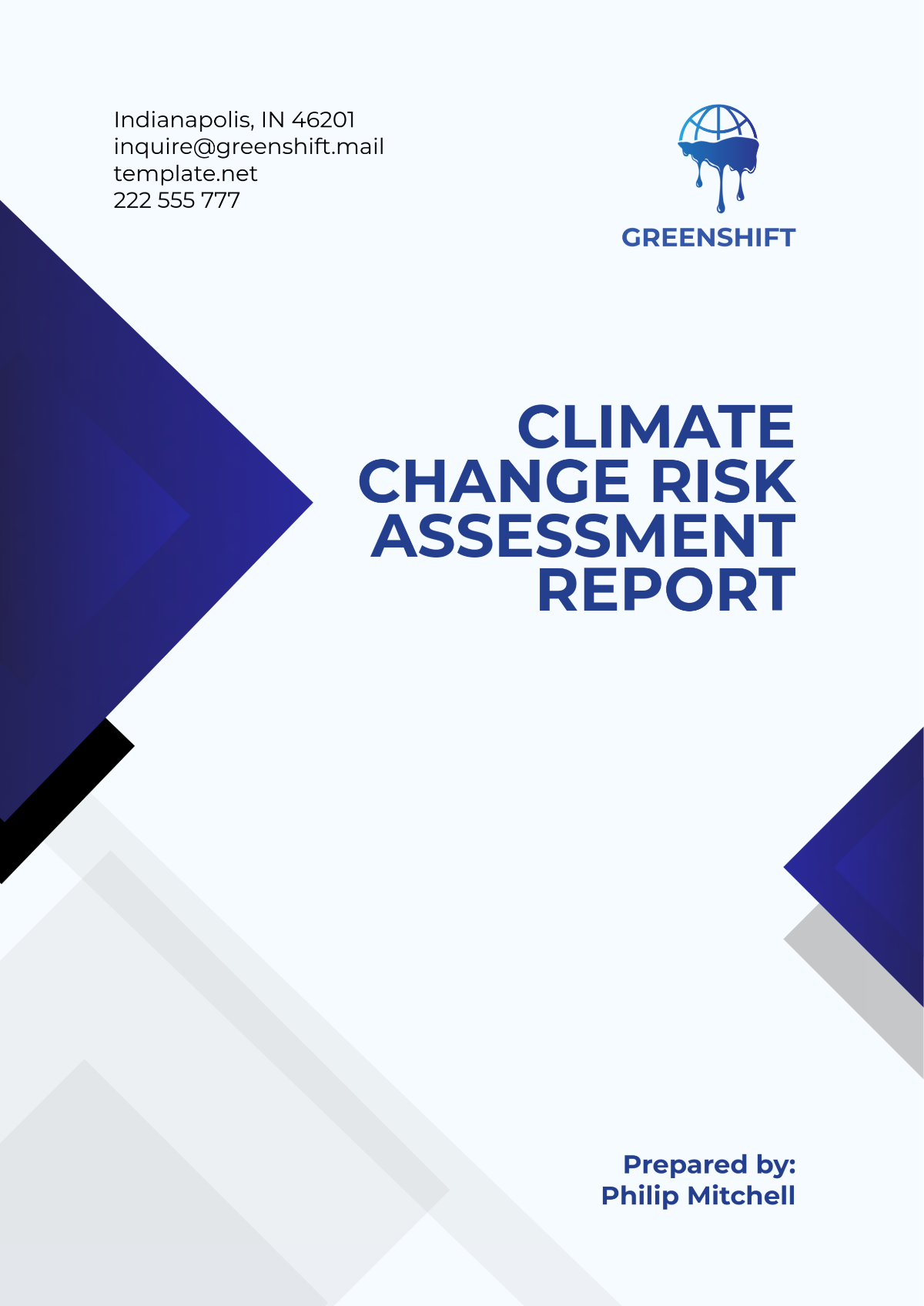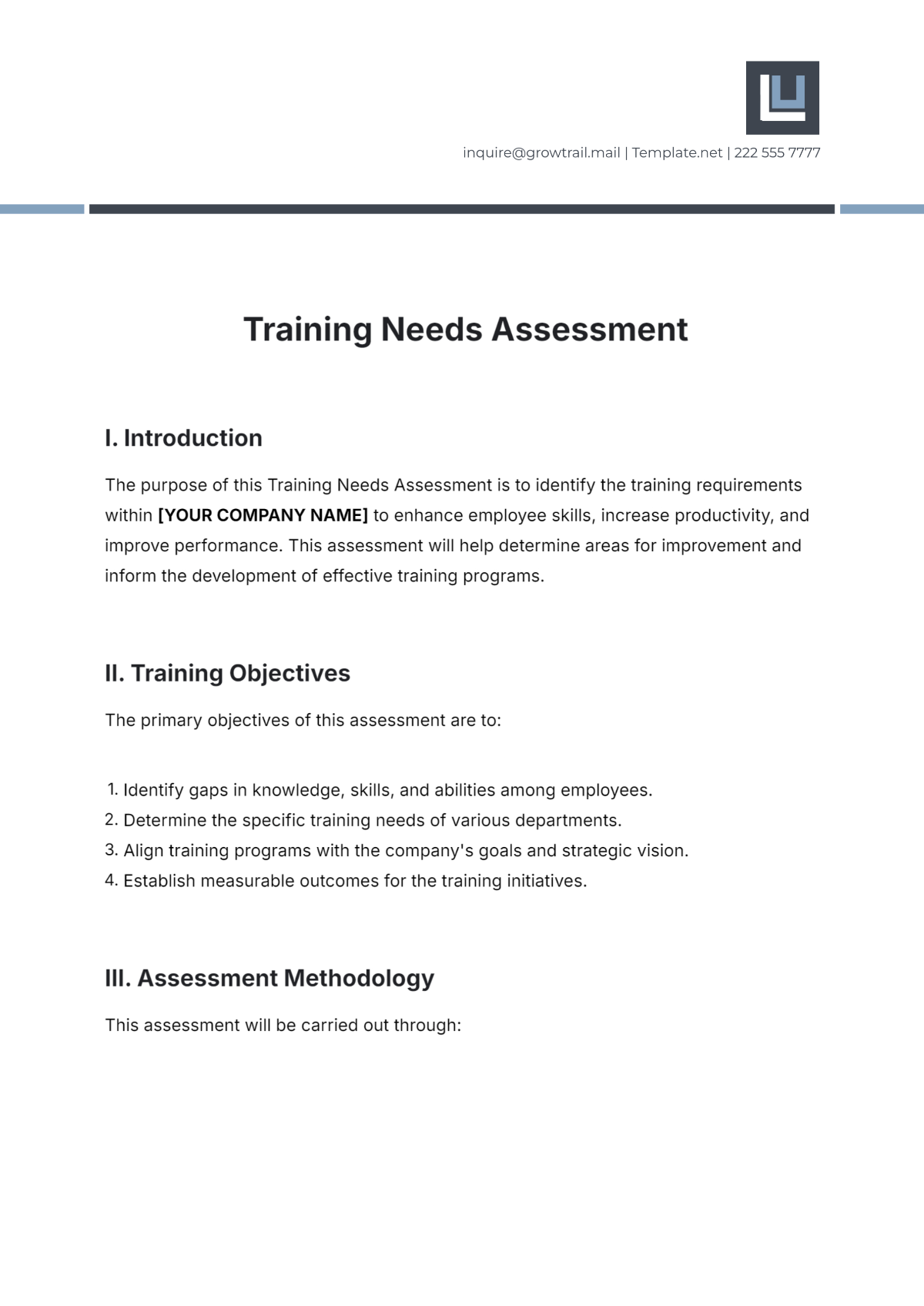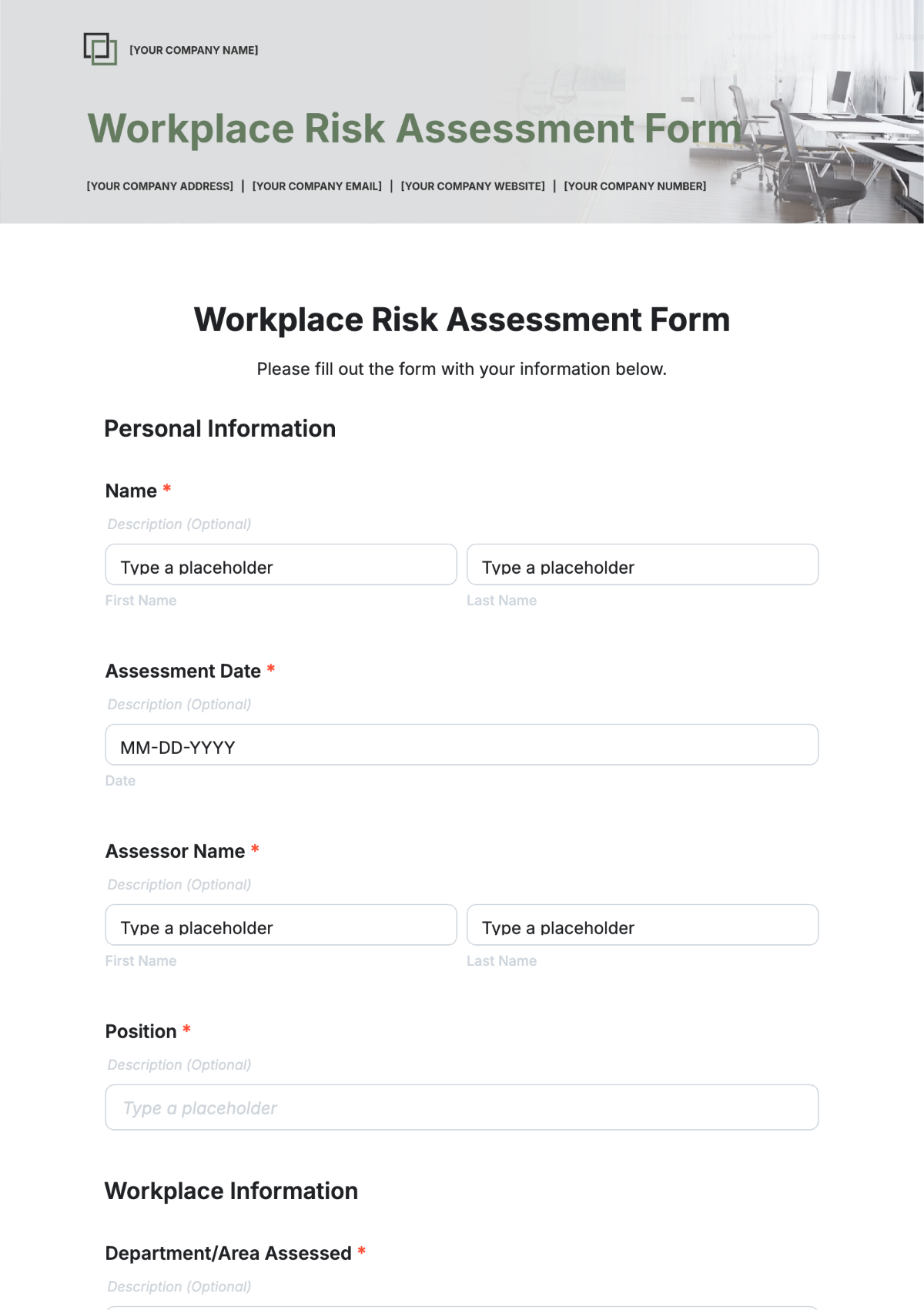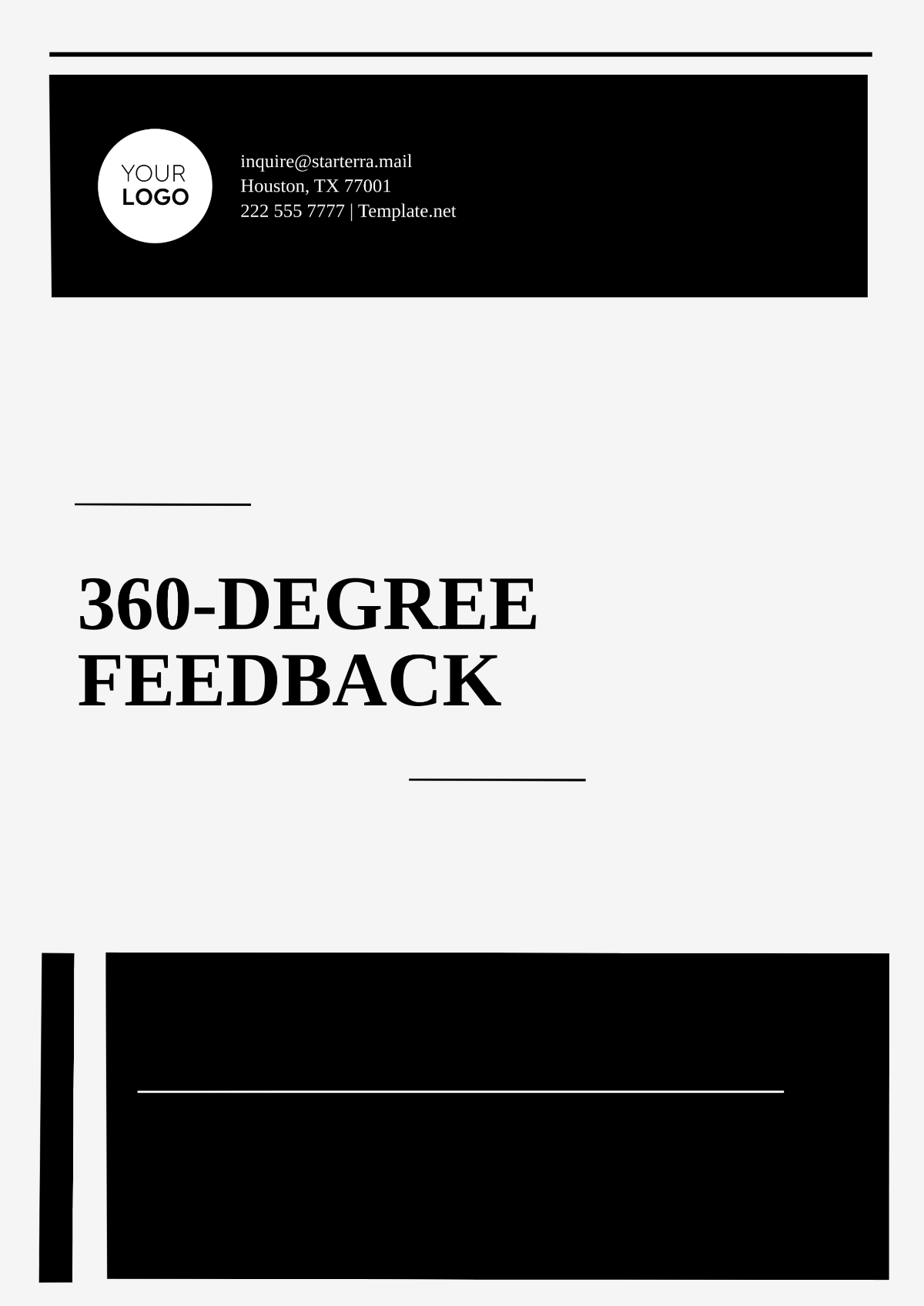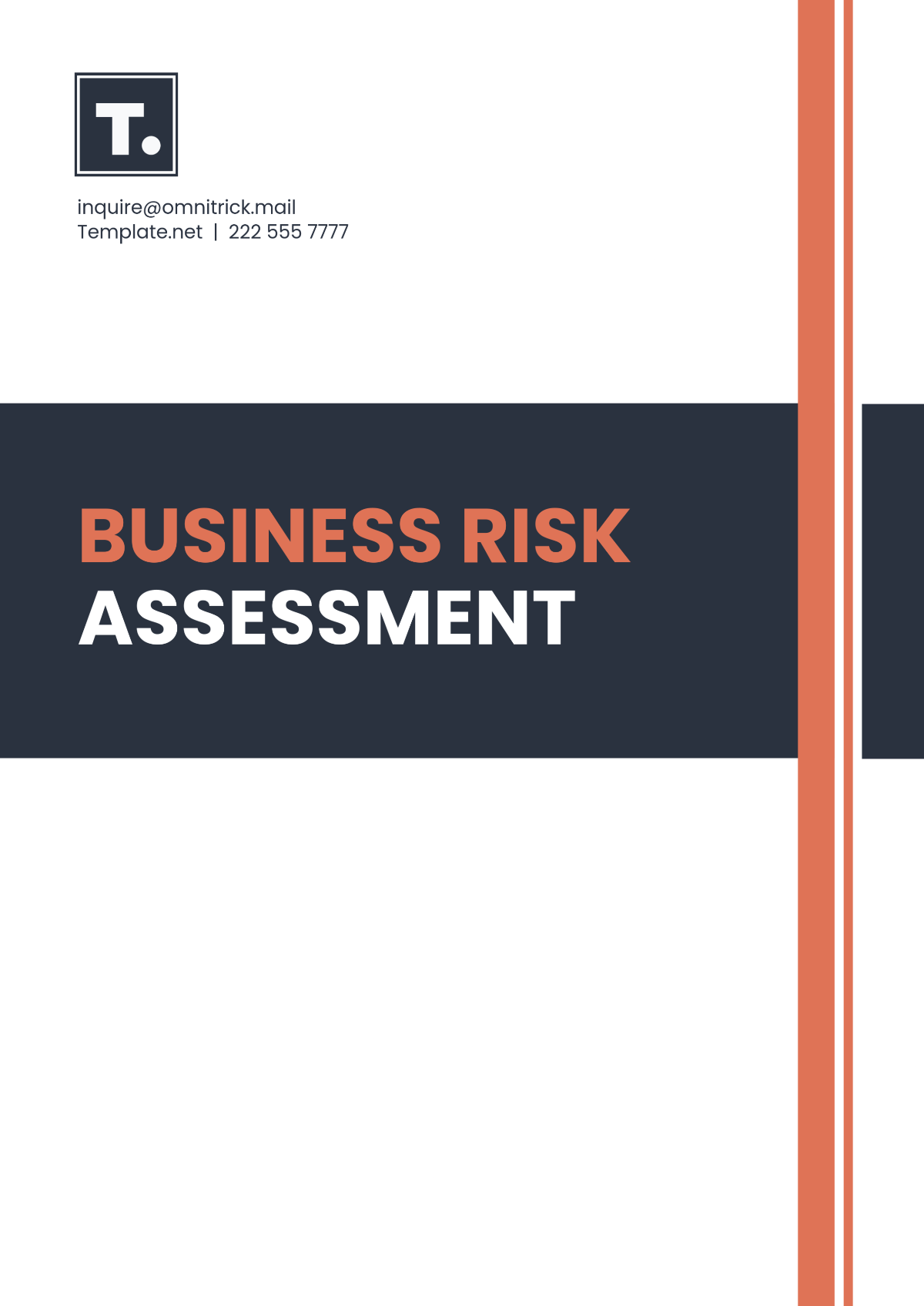Water System Validation Protocol
Name: | [YOUR NAME] |
|---|---|
Company: | [YOUR COMPANY NAME] |
Department: | [DEPARTMENT NAME] |
Date: | [DATE] |
Introduction
The purpose of this Water System Validation Protocol Template is to provide a structured approach for water system operators to validate water purification systems effectively. Validation is essential to ensure that water purification systems consistently meet required standards and specifications, thus safeguarding public health and meeting regulatory requirements. This protocol aims to establish clear guidelines for systematically conducting validation procedures.
Objectives
To validate the performance of water purification systems.
To ensure compliance with regulatory standards and specifications.
To safeguard the quality and safety of purified water for consumption or industrial use.
Protocol Overview
This protocol outlines the procedures and requirements for validating water purification systems. It encompasses the verification of system performance, documentation of results, and adherence to safety protocols. By following this protocol, operators can ensure the reliability and effectiveness of water purification processes.
Materials and Equipment
Water purification system
Calibration standards
Testing equipment (e.g., pH meters, conductivity meters)
Sample containers
Validation documentation forms
Personal protective equipment (PPE)
Methods and Procedure
Preparation Phase:
Gather all necessary materials and equipment.
Ensure that the water purification system is properly calibrated.
Review relevant documentation and regulatory requirements.
System Performance Verification:
Conduct system integrity tests (e.g., pressure tests, leak tests).
Verify system parameters (e.g., flow rate, temperature, pressure).
Perform water quality tests (e.g., pH, conductivity, microbial analysis).
Data Collection:
Record all observations, measurements, and test results accurately.
Document any deviations from expected performance or regulatory limits.
Safety Considerations:
Adhere to all safety protocols and guidelines.
Wear appropriate PPE, especially when handling chemicals or contaminated water.
Ensure proper ventilation in testing areas.
Data Analysis and Interpretation:
Analyze collected data to assess system performance.
Compare results against predetermined acceptance criteria and regulatory standards.
Data Collection
Document all relevant data, including system parameters, test results, observations, and any deviations from expected performance.
Maintain accurate records under regulatory requirements.
Safety Considerations
Prioritize safety at all times during the validation process.
Follow established safety protocols and guidelines.
Use appropriate PPE to minimize risks of exposure to chemicals or contaminants.
Expected Results
Validation confirms that the water purification system meets the required standards and specifications.
Data analysis demonstrates consistent and reliable system performance.
Any deviations or non-conformances are documented and addressed promptly.
Conclusion
The successful validation of water purification systems is crucial for ensuring the quality and safety of purified water. By following this protocol, water system operators can effectively verify the performance of their systems, maintain compliance with regulatory standards, and safeguard public health. Continuous monitoring and periodic validation are recommended to uphold the integrity and effectiveness of water purification processes.
